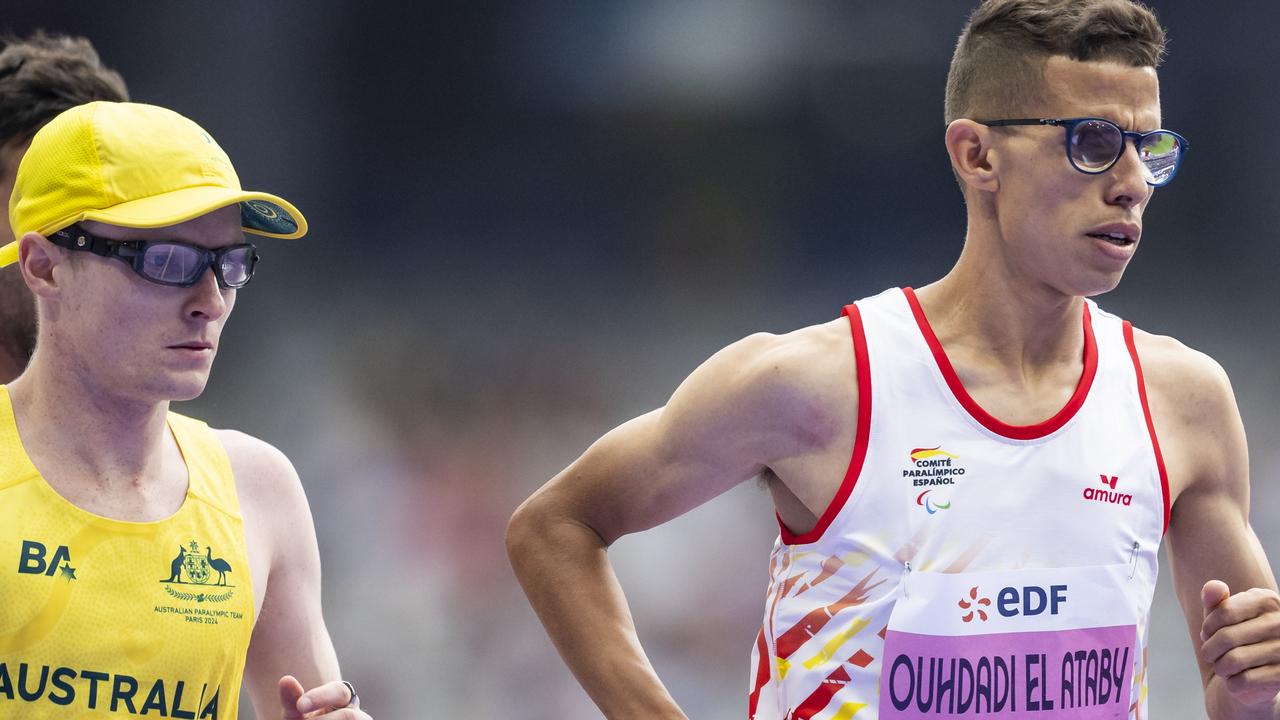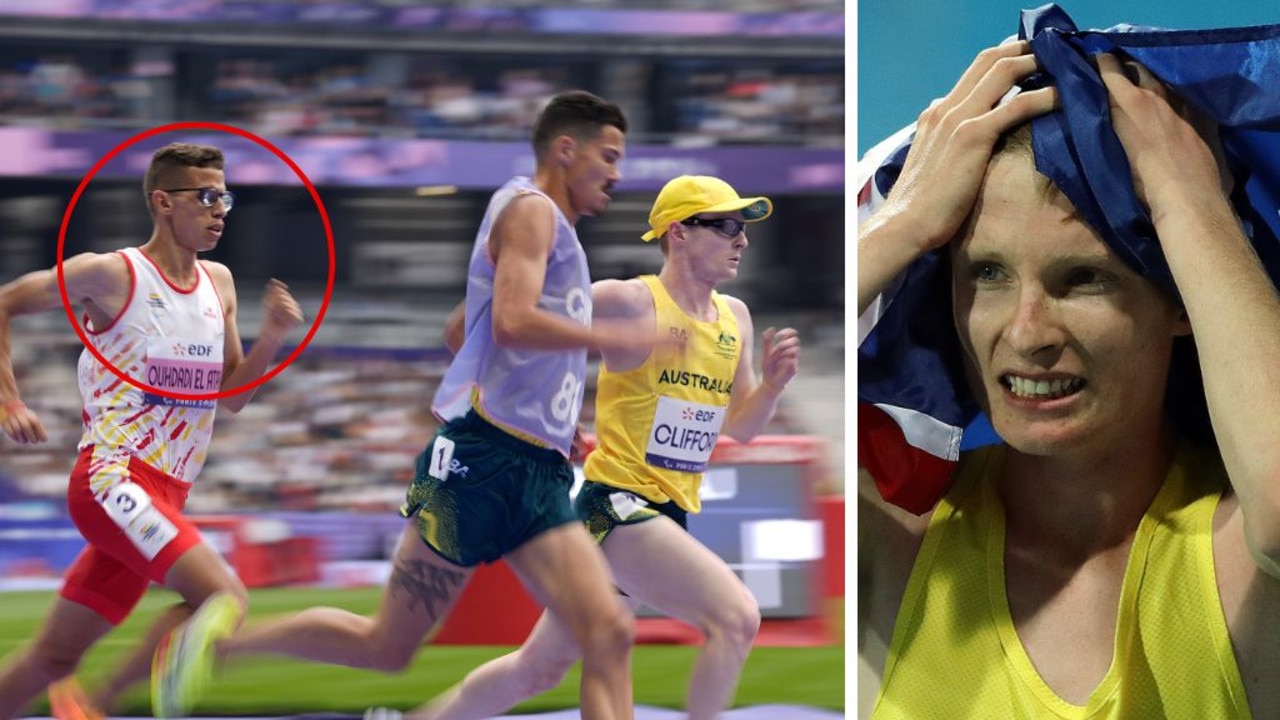Paralympic boost needed to ensure Aussies competitive at home Games in Brisbane
Australia’s Paralympic programs receive urgent assistance and state-based para sport units established to address freefall in performance at Paris Games.
Paralympics
Don't miss out on the headlines from Paralympics. Followed categories will be added to My News.
Australia is in danger of failing to be competitive at a home Paralympic Games in 2032 unless it reverses a dwindling focus on para sport that has seen the number of athletes and their returns, shrink dramatically in recent years.
Despite winning 18 gold, 17 silver and 28 bronze medals at last year’s Paris Paralympics, Australia finished in ninth place on the ladder, their worst placing since Seoul in 1988, with the 63 medals the country’s worst haul since 1980.
A report, Understanding Barriers to Entry and Progression in the High Performance Pathways for Para Athletes, released last year, found that if unaddressed, these could “impact not only Australia’s performance at Brisbane 2032, but the long-term health of Para sport in Australia”.
Australian Institute of Sport director Matti Clements conceded the spotlight had not been on para sport as much as able-bodied high performance sport in recent Games cycles.
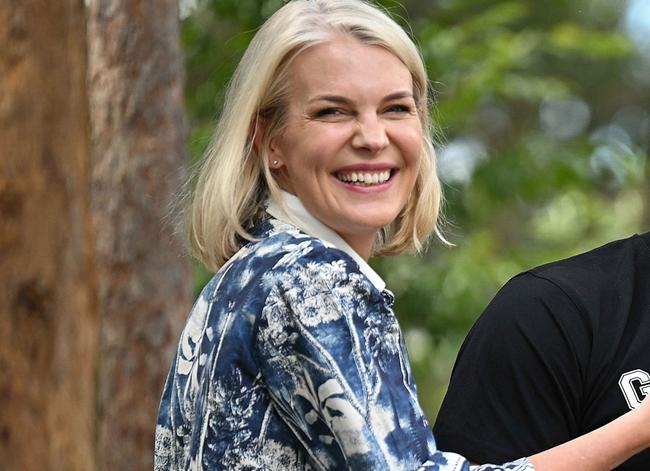
“We’ve had, over several cycles, a dwindling focus on para sport, which has resulted in a dwindling focus on talent ID and development of athletes – and also coaches and performance supports staff, separate to support the athletes,” Clements said.
“So we’ve had sort of the double whammy.”
But work is already underway to address shortfalls in the systems that underpin high performance para sport, with the Federal Government last year announcing the doubling of existing support for para sport to address better classification opportunities, access fit-for-purpose training environments and specialised coaching and performance support.
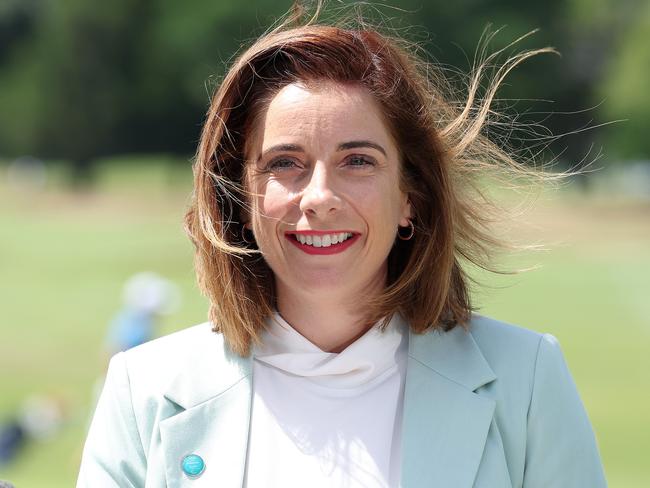
As part of the national Para Uplift, an initiative born from Australia’s High Performance Win Well Strategy to address the more than 150 systemic barriers for para athletes, specialised para sport units are being established at sport institutes and academies across the country, with funding from the AIS, state governments and Paralympics Australia.
The units, which have so far been launched at the South Australian Sports Institute (SASI), Queensland Academy of Sport (QAS), and NSW Institute of Sport (NSWIS), are set to be run by high-profile coaches.
“One of the really important parts of this actually is that we’re making sure that (people with) lived experience – so the para athlete, the para coach, individuals with disability – are actually being engaged in the workforce, because that actually is a part of building the system as well,” Clements said.
“It’s really important to have that voice in those leadership roles.”
Two-time Paralympic cycling gold medallist Emily Petricola, who defended her 3000m individual pursuit title in Paris last year, setting a new world record, recently moved from Melbourne to Adelaide to take on a SASI role she was “beyond excited” to sink her teeth into.

Petricola, who will be joined by Paris Paralympic rowing gold medallist Jed Altschwager as SASI’s para transition coach, has a teaching background and has long worked in school sport without a previous interest in moving into the high performance space.
But when she discovered the role of the para units, she was keen to become involved.
“When it was actually explained to me, I was like, this is the job for me … this is it, this is the moment,” she said.
“I want to make sure everything is done as well as possible and we’re giving para athletes the best opportunity to succeed and we make the most of this opportunity.
“We know that it’s a once in a lifetime opportunity to have a really big impact and a positive impact for para sport.”
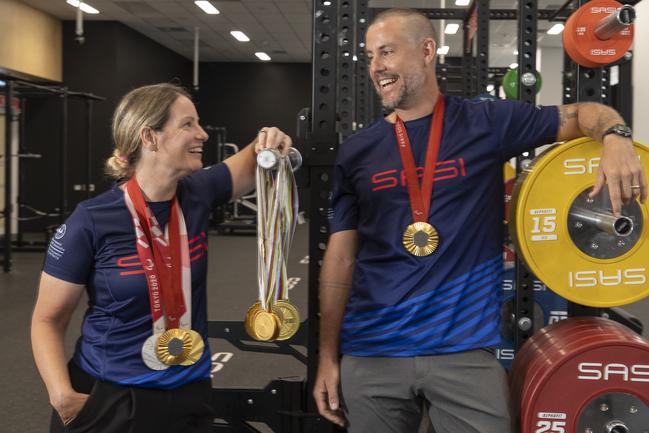
One plank of the para uplift strategy is removing barriers to competition such as access to specialised equipment and athlete classification, something that would broaden the base of athletes with a disability competing, or even just participating, at all levels of Australian sport.
Funnelling some of those athletes into high performance programs would address the dwindling numbers but Clements said it was a win-win situation regardless.
“We can’t lose,” Clements said.
“If we get some great elite talent, excellent. But if we don’t, we’ve also got people engaging in sport that they didn’t know they could do. That’s an excellent outcome.”
Petricola, who was directed towards cycling after being diagnosed with multiple sclerosis only because she knew someone in the Olympic system who suggested she train on a watt bike before pushing her to pursue Paralympic sport.
It was a similar story for Altschwager, who knew someone who knew then Paralympics Australia boss Lynn Anderson and got him involved in para rowing.
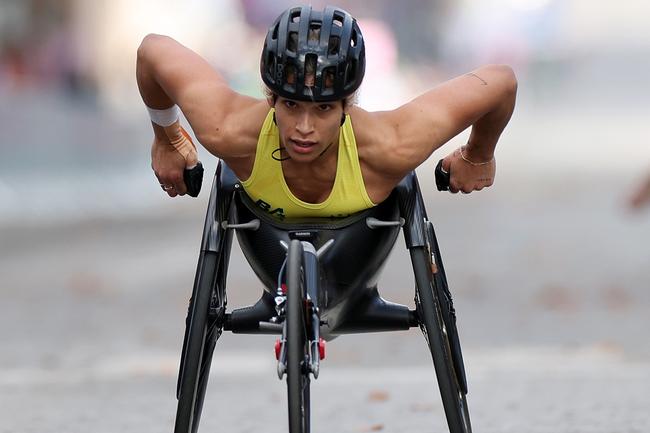
“That’s historically been (the route). Unless you knew someone that there was no easy way in,” Petricola said.
“So what this (role) now does is enables us to go out to community and say: ‘Have you ever thought about …’
“Create the opportunity for people that we were given just because we knew someone.”
While other countries dominated in Paris, Clements said the turnaround could occur quickly and there was time for Australia to regain a position of power ahead of the Brisbane Games.
“The plan is, we’ll see a shift in numbers by the LA Games (2028),” Clements said.
“One of the opportunities para sport can often present versus able bodied sport is that you can actually go from not having competed in that sport to competing in that sport at a very elite level in a very short period of time.”
“So starting now means we could have a group of athletes ready for LA easily.”
And that change could power through to Brisbane in 2032 to push Australia back into the top five nations in the world.
More Coverage
Originally published as Paralympic boost needed to ensure Aussies competitive at home Games in Brisbane



